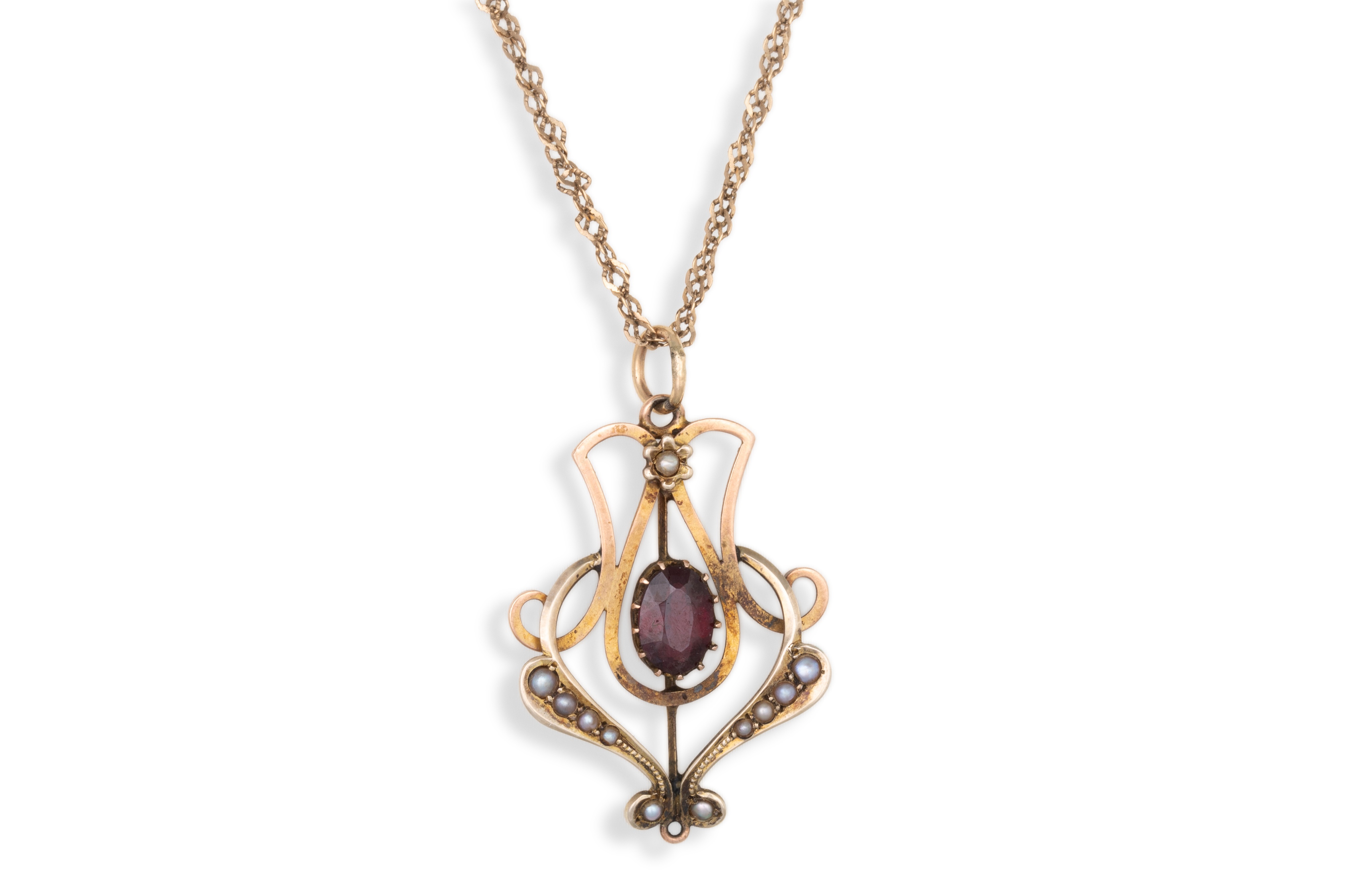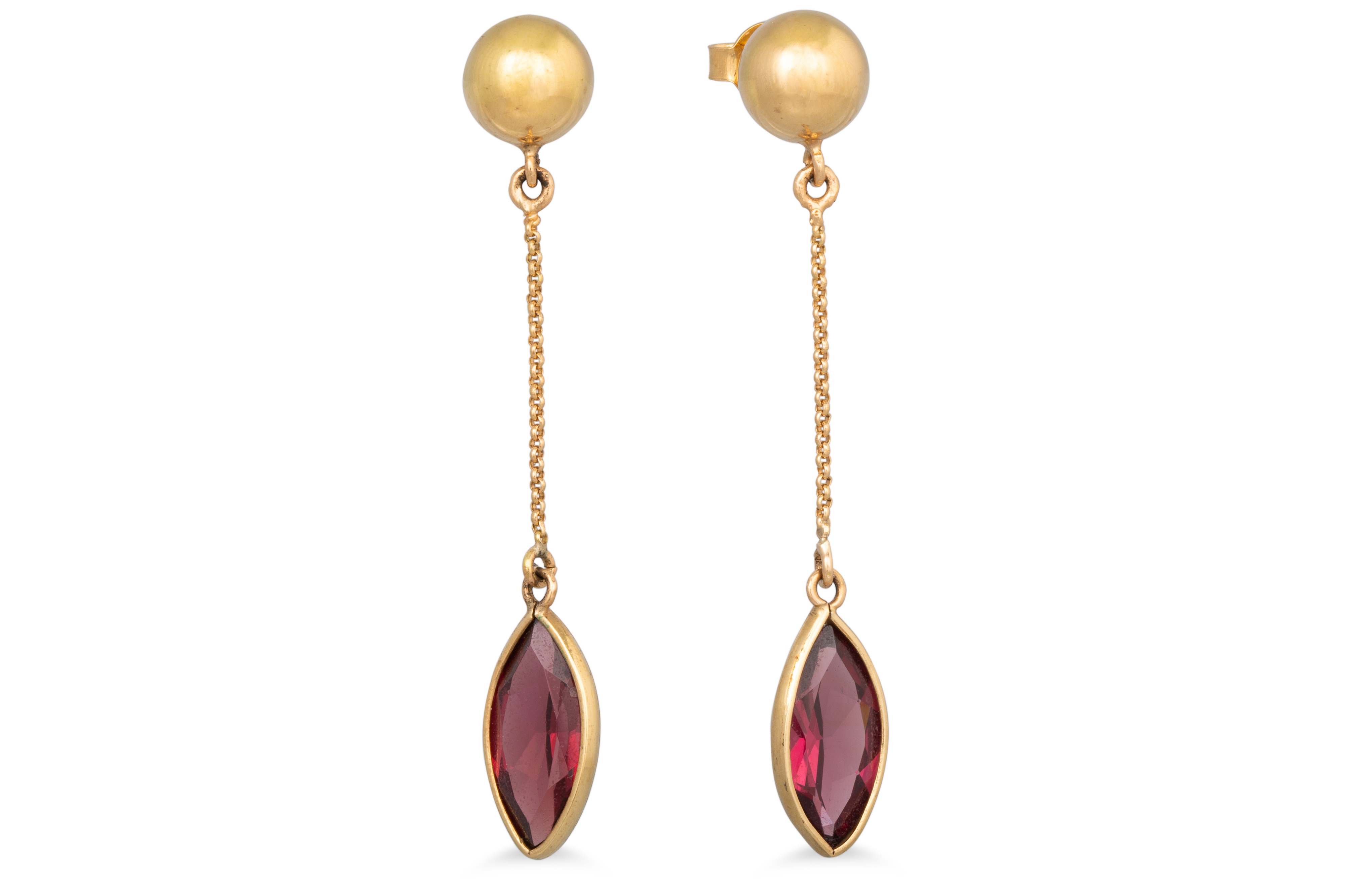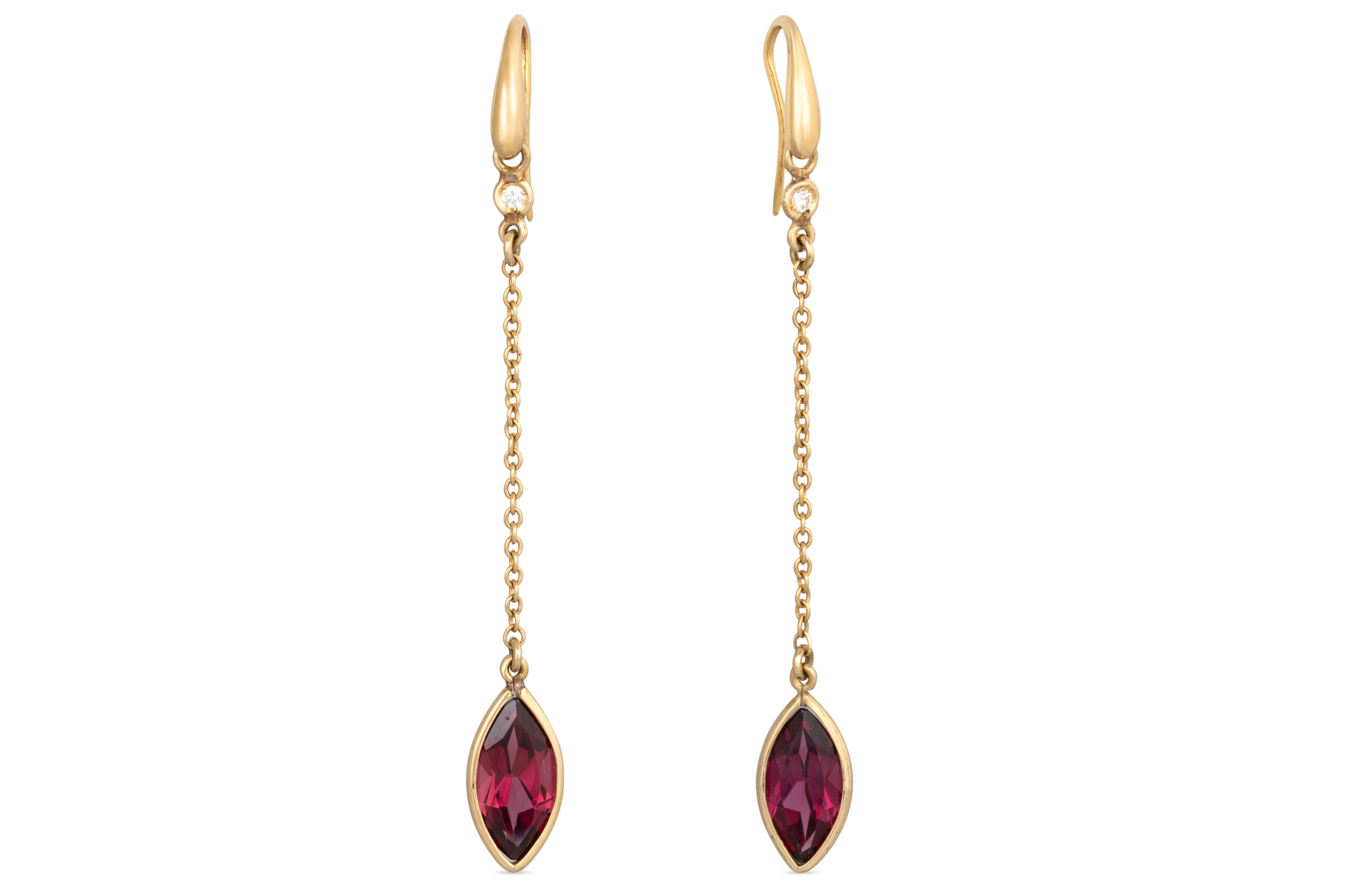January Birthstone - Garnet
Garnets are a relatively abundant gem mineral, making them generally great value for money.
13/01/2025 Jewellery & Gems
Garnets happen to be one of my favourite stones, not only for their colour but also for their relative hardness and toughness, which make them great for everyday wear. They are also a relatively abundant gem mineral, making them generally great value for money.
When looking at jewellery, what's in fashion can change drastically from decade to decade. Think of your Granny’s pearl necklace, once the accessory that her peers would swoon over, was left to gather dust for years. Only to have a sudden resurgence in popularity of pearls in the last few years thanks to celebrities like Sofia Richie and Gigi Hadid.

The same is true for gemstones, diamonds for instance are today's engagement rings of choice, thanks to modern mining practices and fashioning, as well as clever marketing. However, this was not always the case. The Archduke Maximilian of Austria was one of the first documented to give a diamond ring to his betrothed Mary of Burgundy in 1477. In turn, this influenced the aristocracy of Europe to give their significant other a diamond ring. And then again by Queen Victoria in the 19th century. But before this, diamonds were a rather overlooked stone, their extreme hardness made them difficult to fashion. Cut as flat portrait cuts or early rose cuts, which give a fraction of the return of light and lustre from Modern Brilliant cuts or even Old European cuts. Many factors determine what’s popular but everything is cyclical and eventually comes back around, what is in style today will be old news in a year or two. A perfect example of this is the group of minerals called Garnet.
Not only are garnets fascinating for their range in colour from the deep purplish pinks of Almandine or Rhodolite to the vivid greens of Tsavorite to the bring orange of Spessartine. They are a remarkably varied gemstone. This is because they are technically a group of silicate minerals, related in composition and crystal structure, that can be separated into two main groups. In the world of Gemmology, this is called an isomorphous series, meaning of identical or similar form, shape or structure. Another example of this is Feldspar, so think of Moonstone and Labradorite, two different gems but both varieties of Feldspar.

The name Garnet comes from the Latin Granatum meaning pomegranate, due to the deep reds often found in Garnets, such as Pyrope. And so, it is maybe not so unsurprising that they were a very popular stone in ancient Rome. Thanks to their vivid colours which conveyed wealth and status, both important pillars of Roman society. Their relative ease of fashioning, they can still be found in signet rings dating back as far as the 3rd and 4th centuries, depicting classical figures or deities. Going back even further, the Ancient Egyptians used them as inlays for carvings and intaglios and in jewellery. They were referred to as the symbol of life. Garnet continued popularity with Nobility through the Middle Ages, thought to ward off pestilence and plague. And used as talismans for protection by warriors. The Anglo-Saxons fashioned them as domed cabochons or sometimes faceted into pendants, brooches and buckles. The Victorians were famous for their love for garnets, a lot of these examples come up in our Auctions here at O’Reilly’s often. Usually fashioned as cabochons and set into brooches or pendants, sometimes accompanied by diamonds and other gemstones.
Silicates are one of the most important chemical groups of gems. Most of the rocks making up the earth's crust are made of various chemical elements combined with silicon and oxygen chemically bonded units. This is why Garnets are so abundant, and also why they have been popular for thousands of years. Found in nearly every corner of the earth, for example Almandine in Brazil and China to Demantoid in Russia. Spessartine in Sri Lanka and Pyrope in Czechia, to name but a few.

As with other gemstones, quality determines whether Garnets are faceted or cut as cabochons. Garnets are usually very durable except for demantoid which is the softest of all garnets. For the most part, Garnets are not treated as they are relatively transparent stones and have a bright vitreous lustre. Except of course for Hydrogrossular garnets which are translucent to opaque, found in the Transvaal region of South Africa.
Lustre relates to the quality and quantity of light reflected from the surface of a material. Lustre is not a measurable quality but in Gemmology we use a definitive set of terms to describe the lustre of a gem material. Such as Adamantine in terms of diamond, coming from the Latin Adamas meaning diamond. Diamond is the only gemstone to have an adamantine lustre. Garnets are found in a range across sub-adamantine to a bright-vitreous lustre. Glass for example has a vitreous lustre.
Colour is a fundamental property of most gemstones, and as a Gemmologist is often our first clue to their identity. The human eye can detect wavelengths between about 400nm to 700nm, which is known as visible light. Although colour is treated as an optical property of gem materials in this course, the colour you ‘see’ is partly physiological because it depends on your eyes and brain as well as the interaction of light energy with the gem material. If the structure of a material modifies white light and the modified light energy then enters your eyes, your brain may interpret the remaining light energy as a colour. This helps us to see the brownish yellow to the red of Hessonite Garnet sometimes referred to as ‘cinnamon stone’ in the trade. Malaya Garnets are also an orange colour.
And so, all of this is to say that Garnet is in my humble opinion a hugely underappreciated stone. However, you can use this to your advantage as the price per carat weight of Garnet can be significantly lower than that of other gemstones such as Sapphire, Aquamarine or Emerald. People who are born in January are in luck, however, as it is the traditional birthstone given to Aquarians.
Natasha FGA